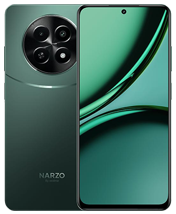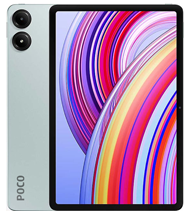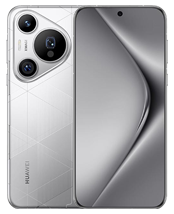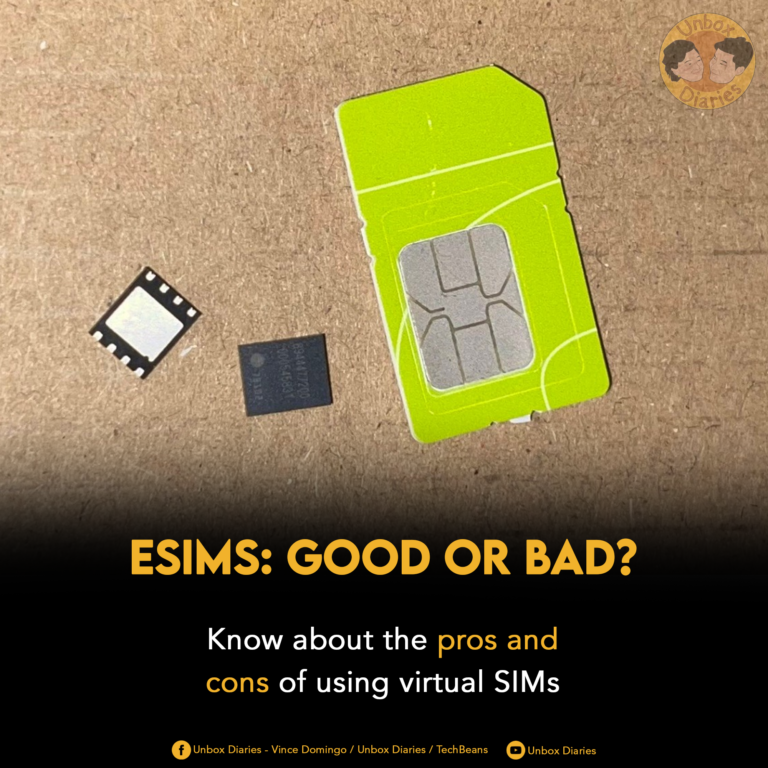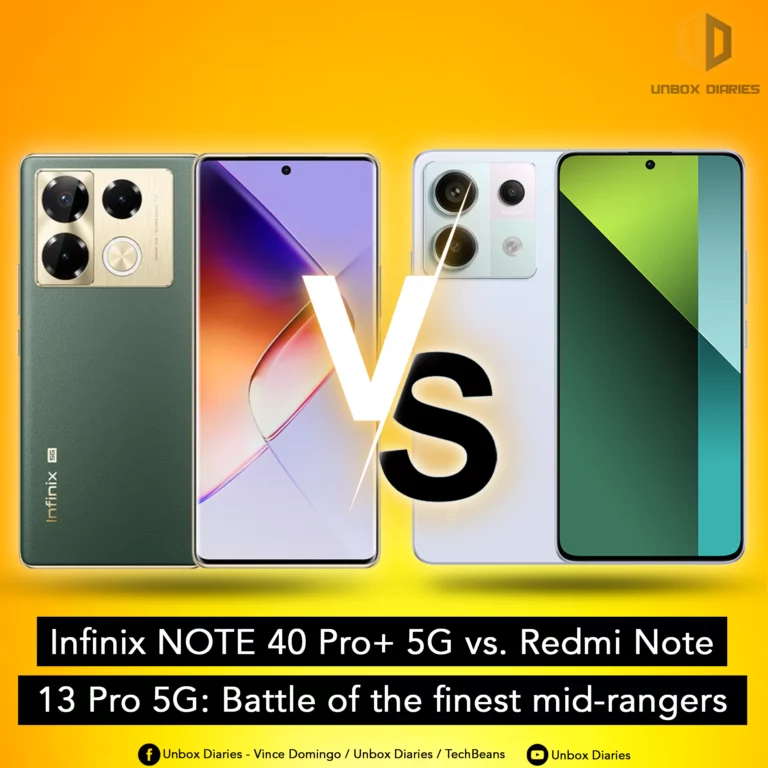Many countries have implemented the e-SIM system with Apple being the prime example with their 14 Pro Max in the US. But are e-SIMs necessary?
The eSIM technology has become more and more common in the mobile phone sector in recent years. A smartphone’s electronic SIM, also known as an eSIM, is a tiny chip that enables users to remotely activate their mobile phone plans without the use of physical SIM cards.
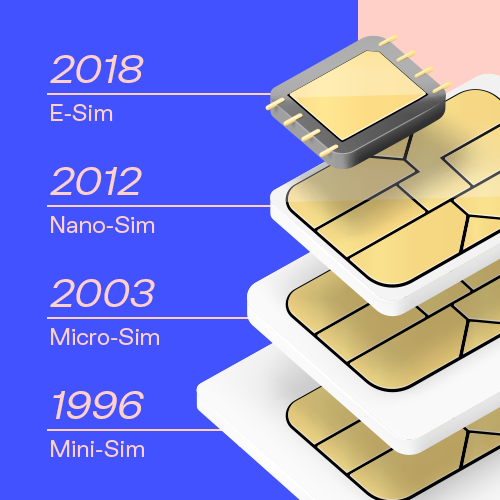
We’ll look at some of the benefits and drawbacks of using an eSIM in place of a traditional SIM slot in this article.
The good
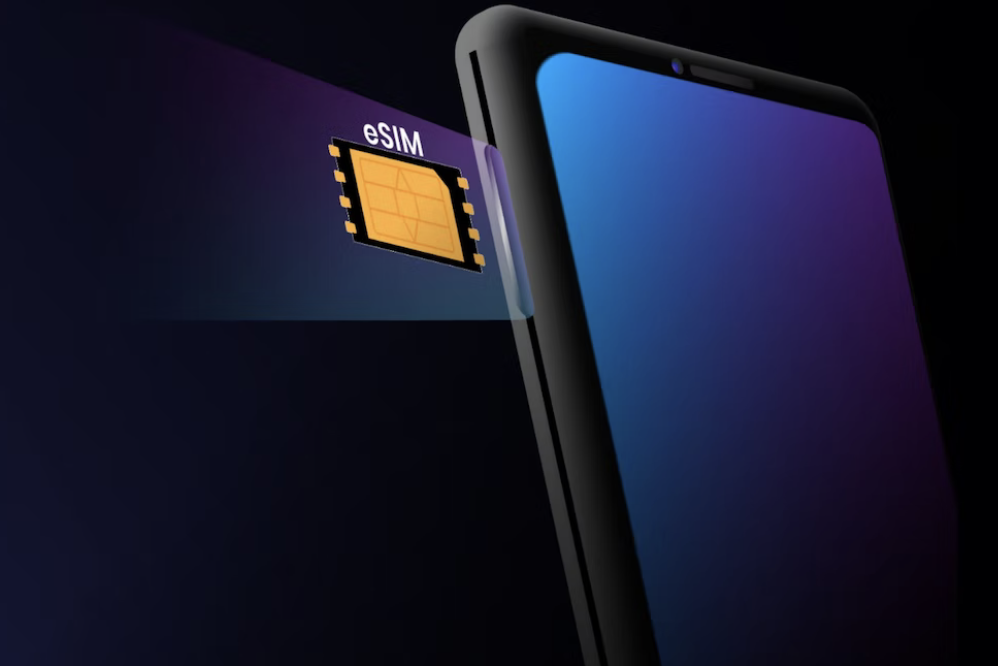
#1: Convenience – Convenience is among the most important benefits of eSIMs. When switching carriers, users do not have to worry about tracking down a physical SIM card or changing it. An eSIM can be activated quickly and conveniently remotely, which saves time and hassle.
#2: Multiple profiles – The ability for users to have multiple profiles on their phones is another benefit of eSIMs. Travelers who want to use a local carrier while abroad without having to change their physical SIM card will find this feature to be especially helpful.
#3: Increased Security – Since eSIMs cannot be altered, they are more secure than conventional SIM cards. There is no chance that the chip will be removed or tampered with because it is integrated into the phone.
#4: Eco-friendly – Since eSIMs cannot be altered, they are more secure than conventional SIM cards. There is no chance that the chip will be removed or tampered with because it is integrated into the phone.
The bad

#1: Limited compatibility – The fact that not all phones can use eSIMs is one of their main drawbacks. It’s possible that users will need to buy a new phone to use the technology.
#2: Limited carrier support – Not all carriers currently support eSIMs. Users may have fewer options as a result, and switching carriers may be challenging.
#3: Activation process – Activating an eSIM can be a complex process. It requires users to scan a QR code and follow a series of instructions, which can be challenging for some users.
#4: Security risks – Even though eSIMs are more secure than conventional SIM cards, security risks still exist. Cybercriminals might still have access to user data and be able to steal private data.
#5: More expensive – And finally, eSIMs can cost more than conventional SIM cards. Users might have to pay more for the comfort and extra features that eSIMs provide.
In conclusion, there are many benefits to eSIM technology, such as convenience, security, and multiple profiles. It also has a number of drawbacks, such as limited carrier support, security risks, and compatibility issues.
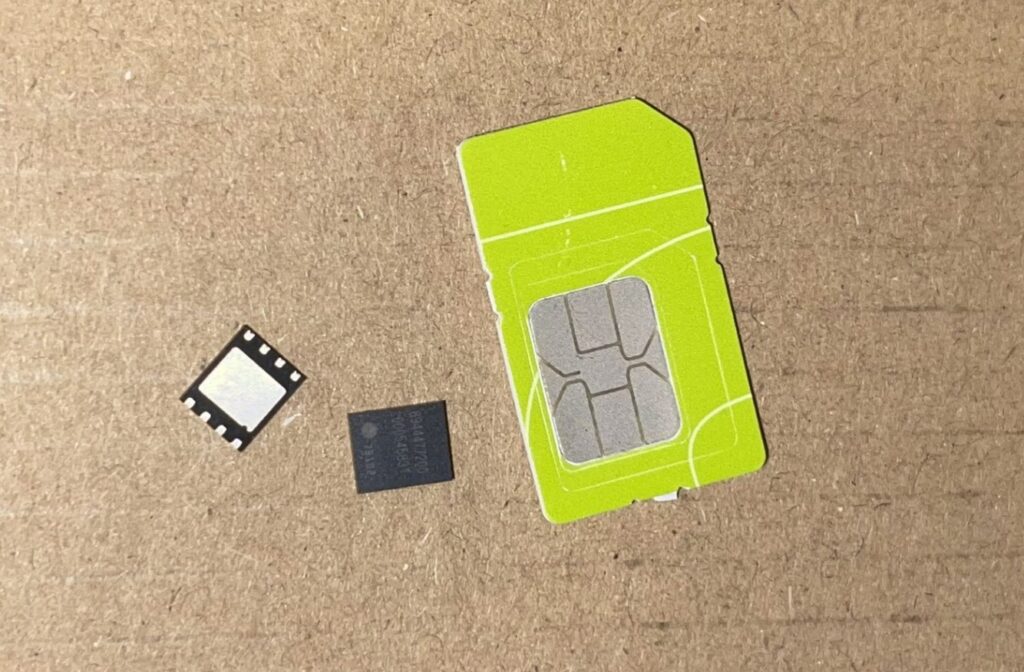
Before using eSIMs, users should carefully weigh the benefits and drawbacks of doing so. eSIMs can be a practical and secure option for people who travel frequently or want to switch carriers quickly, though they might not be appropriate for everyone.


